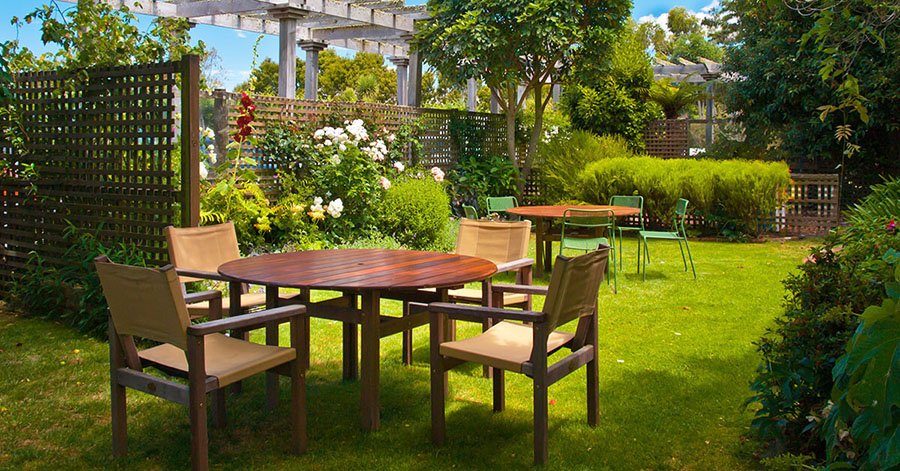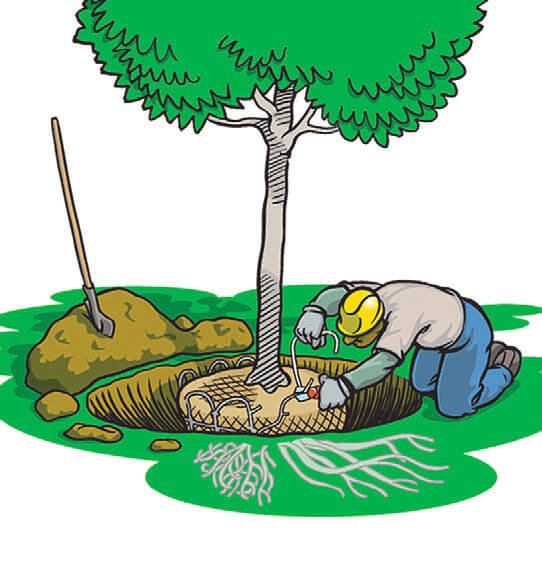Are you in need of relocating a tree or shrub on your property? Our specialised tree transplanting services are designed to assist you with the seamless replanting of your greenery. Whether you’re undertaking a comprehensive tree landscaping project or simply looking to enhance your yard’s layout for optimal growth, our experts are here to help.

Need to Transplant a Tree?
Our Approach to Tree Replanting
When replanting trees, we are committed to a meticulous and thoughtful approach to the transplanting process. We strongly emphasise thorough planning, recognising its pivotal role in ensuring the success of the transplant and fostering the long-term health of your trees.
Reasons for Transplanting Your Trees
Instead of immediately resorting to felling trees on your property that may not be in an ideal location – consider transplanting them and preserving your trees in a location that is more beneficial and visually appealing.
- Garden Layout – Transplanting trees in a garden layout allows for strategic placement, enhancing the overall aesthetic and design.
- Declining Tree Health – Transplanting due to declining tree health helps rejuvenate the tree and prevent the spread of diseases to other plants.
- Canopies Blocking Sunlight – Relocating trees to address canopies blocking sunlight ensures optimal light distribution for the health of surrounding vegetation.
- Safety Issues – Transplanting for safety issues mitigates potential hazards, such as falling branches or unstable root systems, promoting a secure environment.

Experts Tree Replanting and Transplantation
The tree transplanting process can be a tricky one. As a result, you may wish to enlist the help of our team of Auckland arborists.
You have to choose the best time of year – such as in autumn after the leaves have fallen. You then have to prune the tree’s roots, prepare the new location, dig out your tree, and then replant it. Don’t forget to add compost, water, and a nutrient mix to minimise the shock of tree moving.
Need a helping hand? Get in touch with Pro Climb to assist with your tree transplanting needs.
Have questions?
Get the answers from Tree Transplanting experts
Yes, but it requires significant planning and is best to be handled by experts. Tree transplanting can be recommended for trees that may thrive better in another area or serve a broader purpose in landscaping.
We recommend transplanting a tree when the leaves have fallen off after autumn. However, tree care experts such as those at Pro Climb can provide further advice.
Tree transplanting requires careful planning. You must prune the tree’s roots, dig out the tree, prepare the new location, and replant it with a nutrient mix, water, and compost to reduce the risk of transplant shock.




